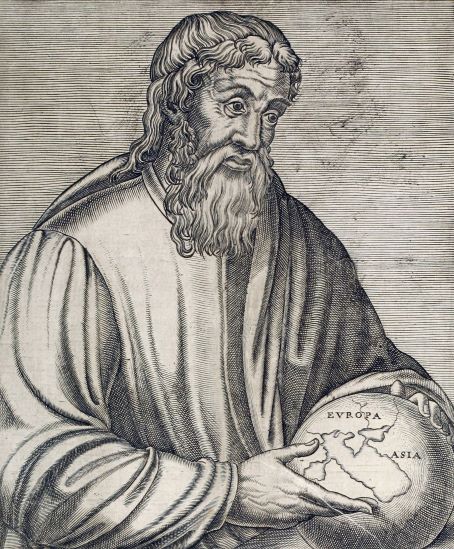Cartographic Literacy in High School
Experience report on the integration of theory and practice in Pedagogy
DOI:
https://doi.org/10.53455/re.v4i1.128Keywords:
Estágio Supervisionado, Cartografia EscolarAbstract
Context: This paper presents an experience report of the mandatory internship activity of a student in the Pedagogy Teaching program at the Federal Institute of Paraná, Curitiba campus, in a technical high school located at Benedicto João Cordeiro State School, Elementary, Middle, Normal and Professional Education in Curitiba during the first semester of the year 2023. Methodology: The internship activity was carried out in the teacher training technical course, with a class of 21 students in the 2nd year. They were taking the subject of Literacy Methodology and the didactic intervention proposal chosen by the student for the teaching practice at the end of the internship was Cartographic Literacy. The proposal aimed to present to future teachers the different possibilities of working on literacy and literacy related to the field of Geography with students from Elementary School I, using school cartography as the primary source, especially the characteristics and elements of maps, as well as their use in students' daily lives. Considerations: The internship was a great opportunity for the student to develop communication skills, problem-solving, adaptation to different contexts, decision-making, and time management, as well as improve her practice as a future educator. In addition, the student was able to reflect on the current scenario of Teacher Training students, Pedagogy students, and teachers from both courses, since there are contradictions throughout the training of Pedagogy Teaching students.
Downloads
References
Camacho. R. S. O Ensino de Geografia nos Anos Iniciais do Ensino Fundamental: um Caminho para compreender a realidade em que se vive. Revista Ensino de Geografia (Uberlândia), 2(3), 3-35.
Castellar, S. M. V. (2005). Educação geográfica: a psicogenética e o conhecimento escolar. Cadernos CEDES, 25(66), 209–225. https://doi.org/10.1590/S0101-32622005000200005. DOI: https://doi.org/10.1590/S0101-32622005000200005
Frois, I. D. O. (2021). O Ensino De Geografia no Curso de Pedagogia: as possibilidades, os limites e os desafios no processo da formação docente. Revista Ensino de Geografia (RECIFE). 4(2), 122-147. https://doi.org/10.51359/2594-9616.2021.249079. DOI: https://doi.org/10.51359/2594-9616.2021.249079
Instituto Brasileiro de Geografia e Estatística (2023). Você sabe o que é anamorfose? IBGE Educa. https://educa.ibge.gov.br/professores/educa-recursos/20815-anamorfose.html.
Santos, F. dos, & Fechine, J. A. L. (2027). A cartografia escolar e sua importância para o ensino de Geografia. Caderno de Geografia, 27(50), 500-515. https://doi.org/10.5752/p.2318-2962.2017v27n50p500. DOI: https://doi.org/10.5752/p.2318-2962.2017v27n50p500
Silva, D. M, & Cabó, L. J. F. (2014). As Contribuições da Geografia na Educação Infantil: processo de ensino e aprendizagem utilizando o espaço geográfico. Anais CINTEDI, 1(1).
Soares, M. (2003). Alfabetização e Letramento, Caminhos e Descaminhos. Revista Pedagógica Pátio. http://acervodigital.unesp.br/handle/123456789/40142.
Downloads
Published
How to Cite
Issue
Section
License
Copyright (c) 2023 Glenda Souza, Vagner Berto

This work is licensed under a Creative Commons Attribution 4.0 International License.
The magazine follows the Creative Commons (CC BY) standard, which allows the remix, adaptation and creation of works derived from the original, even for commercial purposes. New works must mention the author(s) in the credits.













